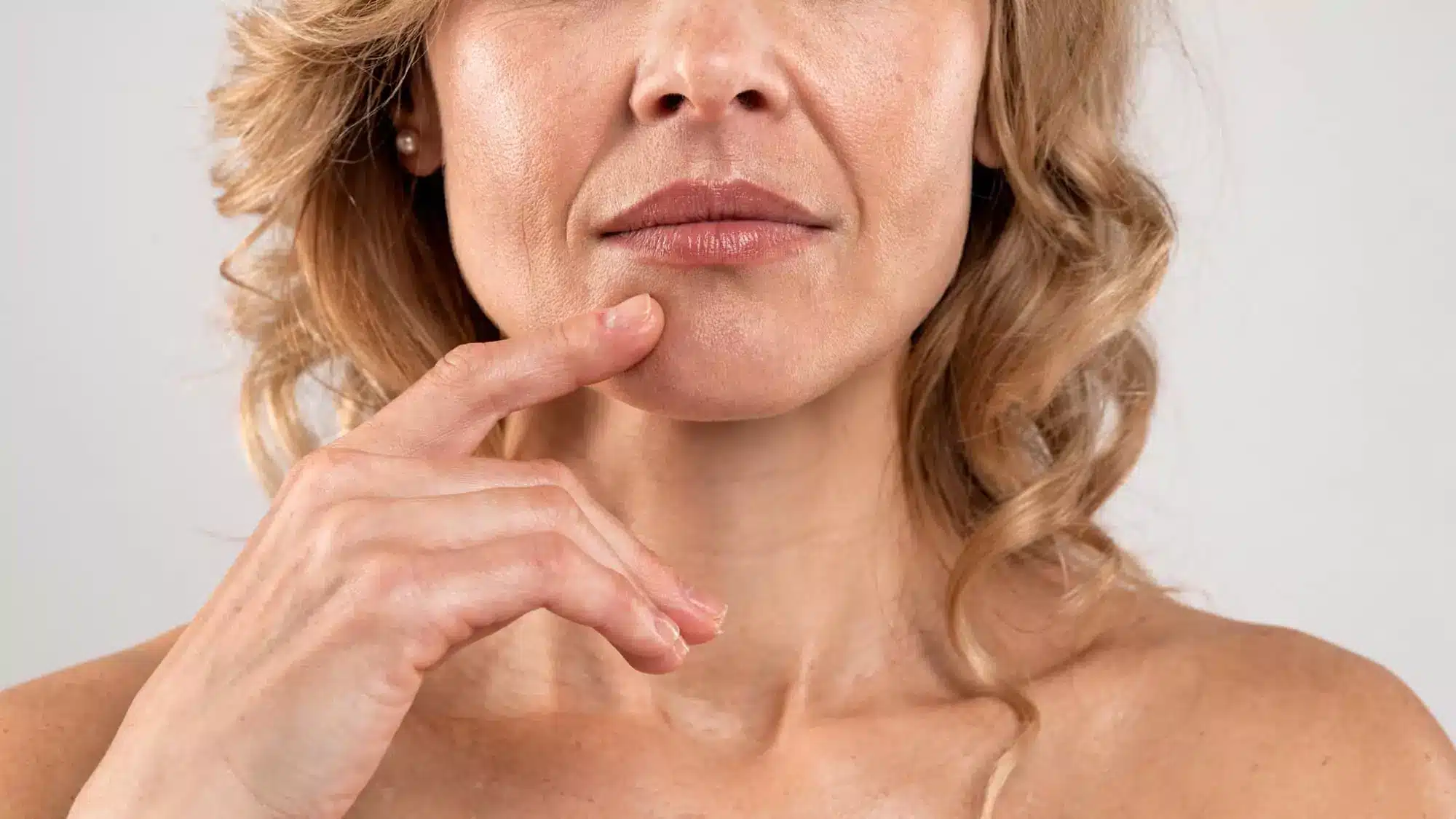
About The Study
In this study, a group of researchers evaluates the effectiveness that both Juvederm and Restylane have in treating nasolabial folds, in a mixed-gender group of 124 Chinese patients. The severity of each participant’s nasolabial folds was evaluated through a scale of 1 to 5, for the study. Doctors treated every participant with Juvederm Ultra Plus on one side of the face, and Restylane on the other side, following up with sessions at one month, six months, nine months, and one year intervals. For the one month period, the participants were allowed to receive a touch-up treatment of up to 0.5 ml per nasolabial fold, if needed.
The study participants were classed as responders six months after treatment if their nasolabial folds improved by at least one point. To check safety, the patients recorded responses at the treatment site for the first 28 days, and the doctors were asked to rate the ease of use of the filler and whether there were any medical device or needle malfunctions during the procedure.
Study Results
The practitioner performing the injections determined how much filler was needed for effective treatment. Restylane required an average of 1.0 ml of filler, ranging from 0.3 ml to 1.5 ml, while Juvederm required an average of 0.8 ml of filler, ranging from 0.3 ml to 1.5 ml. A smaller number of Juvederm patients required follow-up treatments after one month, at 27 versus 29. Juvederm required less volume for treatment, a potential advantage for patients who are hoping to save money by purchasing a smaller amount of filler.
Although Restylane did have one device malfunction, Juvederm had none. Almost twice as many initial Juvederm injections were rated as very easy to handle by practitioners.
The main goal of the study was to evaluate the effectiveness of Juvederm Ultra Plus when treating nasolabial folds. Six months after treatment, 90.4% of the Juvederm recipients had at least one point improvement in their nasolabial fold severity. This is compared to 89.6% of the Restylane recipients. In the Chinese population, Juvederm may be more effective at correcting nasolabial folds, resulting in a more youthful appearance.
Although the doctors saw measurable improvements in their patient’s wrinkles, what matters most is how the patients feel about their treatment. At the six month mark, 87.3% of Juvederm patients reported visible improvements versus 83.9% of Restylane patients. Almost half of the study participants noticed a difference between the fold treated with Juvederm and the fold treated with Restylane, and of these patients, 62.1% preferred the nasolabial fold injected with Juvederm. Overall, patients were happier with their Juvederm results.
When considering safety, the same number of patients reported minor side effects with Juvederm as with Restylane. Swelling and tenderness occurred with both fillers, but Juvederm recipients were more likely to experience firmness while Restylane recipients were more likely to experience lumps. Restylane recipients were more likely to experience severe treatment site responses, but Juvederm’s responses seemed to last longer, likely due to its larger needle size.
Juvederm vs Restylane
This study suggests that Juvederm Ultra Plus is better for treating nasolabial folds than Restylane, at least in Chinese patients. Practitioners found that Juvederm is easy to use, requires less filler, has fewer severe side effects, and offers better results.
Related Articles
Joanna Carr
Euflexxa Dosage Schedule and Expected Treatment Timeline
Understand the standard Euflexxa dosage and what to expect in terms of pain relief, treatment duration, and follow-up care for knee osteoarthritis.
Joanna Carr
Discover Your Solution: Belotero for Under Eye Rejuvenation
Explore the transformative potential of Belotero for under-eye rejuvenation. Discover what makes Belotero a preferred choice. Click here!
Joanna Carr
Botulax vs Meditoxin – Everything You Need to Know
Compare Botulax vs Meditoxin in terms of onset, duration, and clinical performance. Discover which treatment best suits your aesthetic goals.


